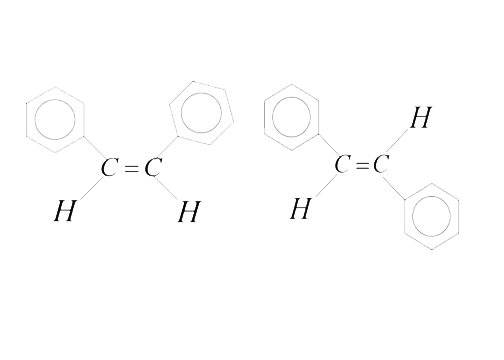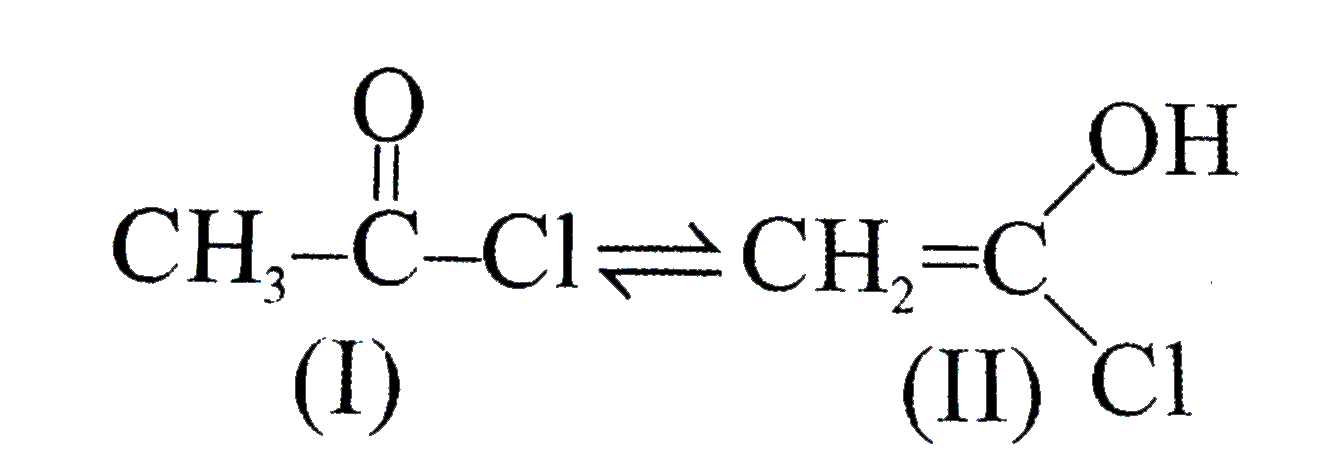Explain why cis-isomer is less stable as compared to trans isomer
To explain why the cis-isomer is less stable compared to the trans-isomer, we can break down the reasoning into clear steps:
1. Definition of Isomers:
- Isomers are compounds that have the same molecular formula but different structural arrangements. In the case of alkenes, we often refer to geometric isomers, specifically cis and trans isomers.
2. Understanding Cis and Trans Isomers:
- In a cis isomer, the bulky groups (or substituents) are located on the same side of the double bond.
- In a trans isomer, the bulky groups are positioned on opposite sides of the double bond.
3. Steric Hindrance:
- Steric hindrance refers to the repulsion that occurs when atoms are brought too close to each other. In the case of the cis isomer, the bulky groups being on the same side leads to increased steric repulsion between them.
4. Energy Considerations:
- The increased steric repulsion in the cis isomer raises its energy level, making it less stable. In contrast, the trans isomer, with bulky groups on opposite sides, experiences less steric repulsion, resulting in a lower energy state and greater stability.
5. Conclusion:
- Therefore, due to the steric repulsion between bulky groups in the cis configuration, the cis-isomer is less stable than the trans-isomer.
Final Answer:
The cis-isomer is less stable than the trans-isomer because the bulky groups in the cis configuration are on the same side, leading to increased steric repulsion. In contrast, the trans configuration places bulky groups on opposite sides, minimizing steric hindrance and resulting in greater stability.
---
- Isomers are compounds that have the same molecular formula but different structural arrangements. In the case of alkenes, we often refer to geometric isomers, specifically cis and trans isomers.
- In a cis isomer, the bulky groups (or substituents) are located on the same side of the double bond.
- In a trans isomer, the bulky groups are positioned on opposite sides of the double bond.
- Steric hindrance refers to the repulsion that occurs when atoms are brought too close to each other. In the case of the cis isomer, the bulky groups being on the same side leads to increased steric repulsion between them.
- The increased steric repulsion in the cis isomer raises its energy level, making it less stable. In contrast, the trans isomer, with bulky groups on opposite sides, experiences less steric repulsion, resulting in a lower energy state and greater stability.
- Therefore, due to the steric repulsion between bulky groups in the cis configuration, the cis-isomer is less stable than the trans-isomer.
The cis-isomer is less stable than the trans-isomer because the bulky groups in the cis configuration are on the same side, leading to increased steric repulsion. In contrast, the trans configuration places bulky groups on opposite sides, minimizing steric hindrance and resulting in greater stability.
Topper's Solved these Questions
- HYDROCARBONS BOOK - ICSECHAPTER - HYDROCARBONS EXERCISE - VERY SHORT ANSWER TYEP QUESTIONS
47 Videos
- HYDROCARBONS BOOK - ICSECHAPTER - HYDROCARBONS EXERCISE - SHORT ANSWER TYEP QUESTIONS
81 Videos
- EQUILIBRIUM BOOK - ICSECHAPTER - EQUILIBRIUM EXERCISE - NCERT TEXT-BOOK EXERCISE
109 Videos
- HYDROGENBOOK - ICSECHAPTER - HYDROGENEXERCISE - NCERT TEXT-BOOK EXERCISE (With Hints and Solutions)
53 Videos
Similar Questions
How many statements are true for the following pair of compounds ?

Cis Trans
(i) The dipole moment of trans isomer is zero
(ii) The boiling point of cis isomer is more than trans isomer
(iii) Cis isomer is more stable than the trans isomer
(iv) These are also called configurational diastereomers
(v) These are readily interconvertible under normal conditions
(vi) The melting point of trans isomer is more than the cis isomer
(vii) Trans isomer is more soluble than cis isomer in polar solvents
View SolutionWhich tautomer isomer is more stable :

View SolutionWhy is diffusion in solids less as compared to the liquids?
View SolutionExplain why Cu+ ion is not stable in aqueous solutions ?
View SolutionWhich complex ion has cis and trans isomer ?
View SolutionExplain why cis and trans isomers do not change into one another under ordinary conditions?
View SolutionExplain why ozone is thermodynamically less stable then oxgen ?
View SolutionGeometrical isomers :
View SolutionWhy amines are less soluble in water as compared to alcohols?
View SolutionWhich of the following best describes the stability of the cis and trans isomers of 1, 1, 3, 5 tetraethylcyclohexan ?
View Solution
